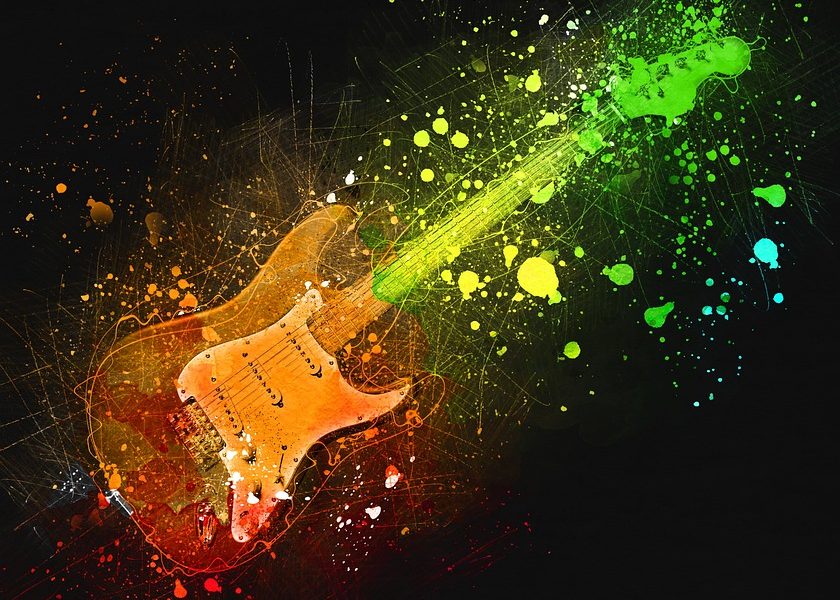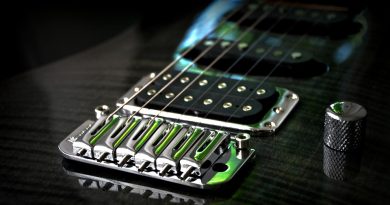Mastering the Art: Amp Settings for Guitarists
Mastering the Art: Amp Settings for Guitarists
As a guitarist, your tone is one of the most important aspects of your sound. And while your guitar and pedals play a significant role in shaping your tone, your amp settings are equally important. Mastering the art of dialing in the perfect amp settings can take your playing to the next level. In this article, we will explore the different amp settings and how you can use them to achieve the tone you desire.
1. Understanding the Basics
Before we dive into specific amp settings, it’s essential to understand the basic components of an amplifier. Most guitar amps come with three primary controls: gain, tone, and volume. The gain control adjusts the amount of distortion or overdrive in your signal, while the tone control allows you to shape the frequency response of your sound. The volume control, as the name suggests, adjusts the overall volume output of your amp.
2. Finding Your Base Tone
Before you start experimenting with different amp settings, it’s crucial to find your base tone. Set all your amp controls to 12 o’clock, which is the neutral position, and play a few chords or scales to get a sense of how your guitar sounds through the amp. This will give you a starting point from which you can begin tweaking your settings.
3. Dialing in the Gain
The gain control is one of the most critical settings on your amp, as it determines how much distortion or overdrive you introduce into your signal. Start by setting the gain at a moderate level and play some riffs or solos to see how it affects your tone. As you increase the gain, you will notice your sound becoming more saturated and aggressive, which is ideal for heavy rock or metal genres. On the other hand, dialing back the gain will give you a cleaner and more pristine tone, perfect for jazz or blues.
4. Shaping Your Tone
The tone control on your amp allows you to adjust the frequency response of your sound. Most amps come with a three-band EQ, which includes bass, mid, and treble controls. Experiment with each control to see how it influences your tone. Boosting the bass will give you a deeper and more robust sound, while cutting it will make your tone tighter and punchier. The mid control allows you to sculpt the core of your sound, while the treble control shapes the high-end frequencies. Finding the right balance between these controls is crucial in achieving the tone you desire.
5. Adjusting the Volume
The volume control on your amp determines the overall output level of your signal. While it may seem straightforward, the volume control plays a significant role in shaping your tone. Cranking up the volume will push your amp into natural overdrive, which can add warmth and character to your sound. However, be mindful of your surroundings and always adjust the volume to a comfortable level to avoid disturbing others or damaging your hearing.
6. Experimenting with Amp Models
If you have a modeling amp or a digital amplifier, you have access to a wide range of amp models and presets. Experiment with different amp models to see how they affect your tone. Each amp model has its unique characteristics, so don’t be afraid to explore and find the ones that resonate with your style of playing. You can also save your favorite presets for easy access during rehearsals or performances.
7. Using Effects and Pedals
In addition to amp settings, effects and pedals can further enhance your tone. Experiment with different effects like reverb, delay, chorus, and overdrive to create depth and texture in your sound. Pedals can be used to boost your signal, add sustain, or create unique sonic textures. Remember to place your pedals in the correct order in your signal chain to maximize their impact on your tone.
8. Recording and Rehearsing
Once you have dialed in your amp settings and effects, it’s time to put your tone to the test. Record yourself playing different riffs, solos, or chord progressions to hear how your tone translates through the recording. This will help you identify any areas that need adjustment or fine-tuning. Rehearse with your bandmates or play along with backing tracks to get a sense of how your tone blends with other instruments.
In conclusion, mastering the art of amp settings is an essential skill for every guitarist. Understanding the basics of your amp controls, finding your base tone, and experimenting with different settings are key steps in shaping your tone. With practice and patience, you can dial in the perfect amp settings to achieve the tone you desire. So grab your guitar, plug in your amp, and start exploring the endless possibilities of tone shaping.






